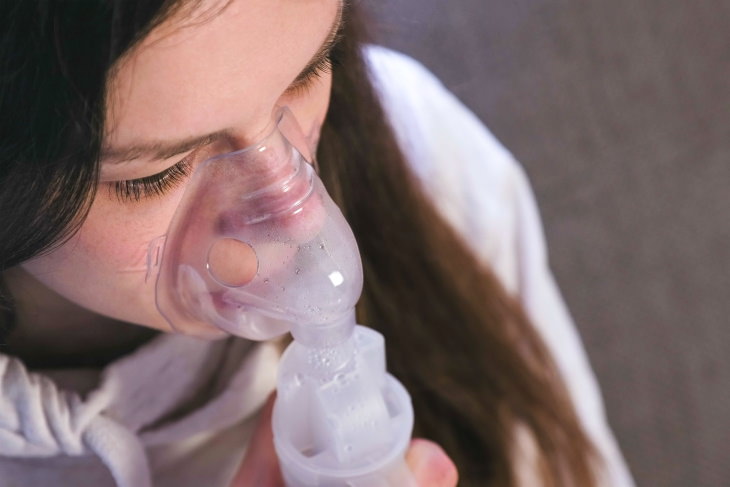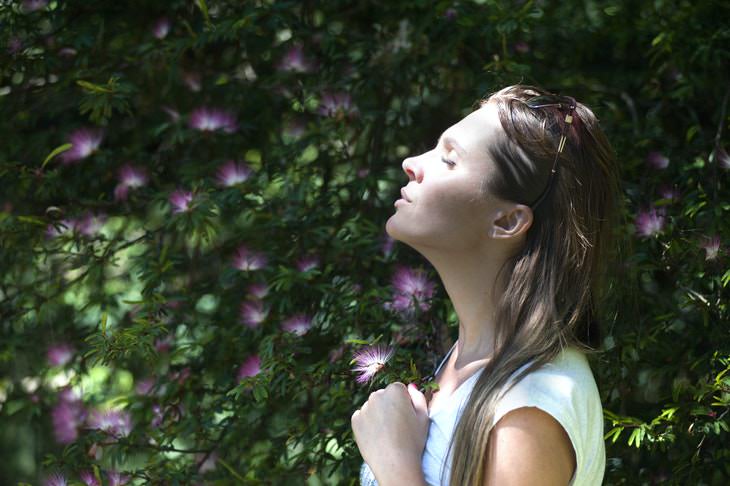Deep Breathing Techniques Lessen the Impact of COVID-19
With another wave of COVID-19 engulfing the
world, many are asking themselves, “Is there really nothing else I can
do to reduce the impact of Covid on my body?” By now, we’re all very
well aware of the hygienic and social-distancing practices that can
lessen our risk of getting the dreaded disease, and medical
interventions like vaccines and (more recently) an antiviral treatment
both play a massive role of their own .
But if you still feel like you’re not doing
enough to reduce your risk of COVID-19, we’ve got a list of deep
breathing techniques that may further strengthen your respiratory system
and improve your outcome before and even during a Covid infection.
These breathing exercises can effectively supplement the above-listed
primary interventions for COVID-19. Equally important, deep breathing
helps you regain more control of your wellbeing and relieve the stress
you may be currently experiencing.
How do deep breathing techniques lessen the impact of COVID-19?
In previous articles, we’ve written extensively about the ways deep
breathing can help fight stress and anxiety and even aid weight loss,
but let’s not forget the primary system involved as you’re performing
these healing exercises - the respiratory system.
Practicing breathing exercises, especially
abdominal breathing, expands your lung capacity, clears the lungs of
mucus and fluids, and makes you breathe more efficiently.
As you know, COVID-19 commonly presents itself through inflammation in
the airways and lungs, as evident from common symptoms of Covid like
difficulty breathing, coughing, or even pneumonia. Since COVID-19 causes
mucus to build up in the airways, lungs, or both, it can affect
airflow, which, in turn, could end up causing shortness of breath or
even more severe issues like asthma attacks or the life-threatening
acute respiratory distress syndrome (ARDS) that occurs when fluids leak
inside the lungs.
Deep breathing can reduce your risk of developing these severe effects,
especially if you already suffer from a chronic inflammatory respiratory
condition like asthma or chronic obstructive pulmonary disease (COPD).
Regular breathing exercises also strengthen the diaphragm - a flat
dome-shaped muscle under the lungs that controls their expansion and
contraction. Abdominal breathing is also said to improve the flow of
lymph in the body, which could potentially improve immune function and
lower your risk of respiratory illnesses. Studies confirm that breathing
exercises like pursed-lip breathing improve the efficiency of breathing
and reduce shortness of breath.
Which breathing techniques are best?


In order to observe results, it’s essential
to practice deep breathing regularly. Think of deep breathing as an
exercise for your lungs. And just like any exercise, it takes time for
you to build the strength you need to feel a difference. You can use the
breathing techniques we list below every day, and they should also be
helpful for those who currently have COVID-19 (but we highly encourage
you to double-check that with your doctor first).
Also keep in mind that any other aerobic activities that make you
breathe faster, such as swimming, riding a bike, yoga, or fast walking
can also train your breathing and strengthen your respiratory system. So
you can switch up dedicated breathing exercises with sports activities
to make things more fun.
1. Pursed-lip breathing
Pursed-lip breathing is a simple but effective method that increases the
amount of oxygen you get into your lungs and relieves shortness of
breath. You can do it anywhere anytime, and it will be helpful for both
strengthening the lungs to lower the risk of getting the novel
coronavirus and to remedy breathlessness caused by COVID-19.

Here’s how you can do this exercise:
Step 1. Relax your neck and shoulders.
Step 2. Counting to 2, slowly and steadily breathe in through your
nostrils, mouth closed.
Step 3. Round your lips, as if you’re about to blow on a dandelion.
Step 4. Counting to 4, slowly breathe out while maintaining the shape of
the lips.
Repeat for at least 10 rounds.
2. Yawn-to-smile breathing
This (dare we say) fun breathing technique urges the diaphragm to expand
fully and also activates the entire upper body by stretching the chest
muscles, the arms, and the shoulders. The Johns Hopkins University
School of Medicine suggests that this type of breathing exercise is
especially helpful for the first stages of Covid recovery, and
Healthline also suggests that it’s beneficial for long-haul COVID-19.
This is when your symptoms persist for weeks or months after being clear
of the coronavirus. One in four patients experience long-haul symptoms
that may include any of the following:
breathlessness and coughing
headaches and brain fog
chest pain
muscle aches and difficulty exercising.
Here’s how you can do this exercise:
Step 1. Sit on the floor or in a chair with the back straight and hands
resting on the thighs.
Step 2. Extend the arms upwards, about shoulder-width apart or wider.
You’ll feel a pleasant stretch in the back and shoulder muscles.
Strep 3. Mimicking a yawn, open your mouth as wide as you can.
Step 4. Now turn that yawn into a big smile and count to 3. Finish by
bringing the arms back to the initial position.
Repeat this exercise for 1 minute.
3. Belly breathing
As we already mentioned, deep breathing through the belly engages the
diaphragm. Learning to breathe while engaging this muscle is known to
reduce stress, clear the lungs, improve lung capacity, and deepen your
breathing. Learning this technique is rather easy and safe for anyone
willing to give it a go. Like any exercise, it takes practice and time,
so don’t worry if you don’t see results right away.
If you have active COVID-19, ask for your doctor’s permission to do any
breathing exercise, including this one, as some patients may actually
feel that strenuous breathing exercises worsen their symptoms.
Here’s how you can do this exercise:
Step 1. Sit in a chair with your knees bent comfortably and the upper
body relaxed.
Step 2. Put one hand on your belly and breathe in through the nose. Pay
attention to how the belly is inflating and deflating as you breathe.
Step 3. On an exhale, activate your abdominal muscles and notice how
your belly is flatter. Round your lips and breathe out through your
mouth.
Tip: You should focus on the exhale more than on the inhale.
Do this exercise for 5 minutes.